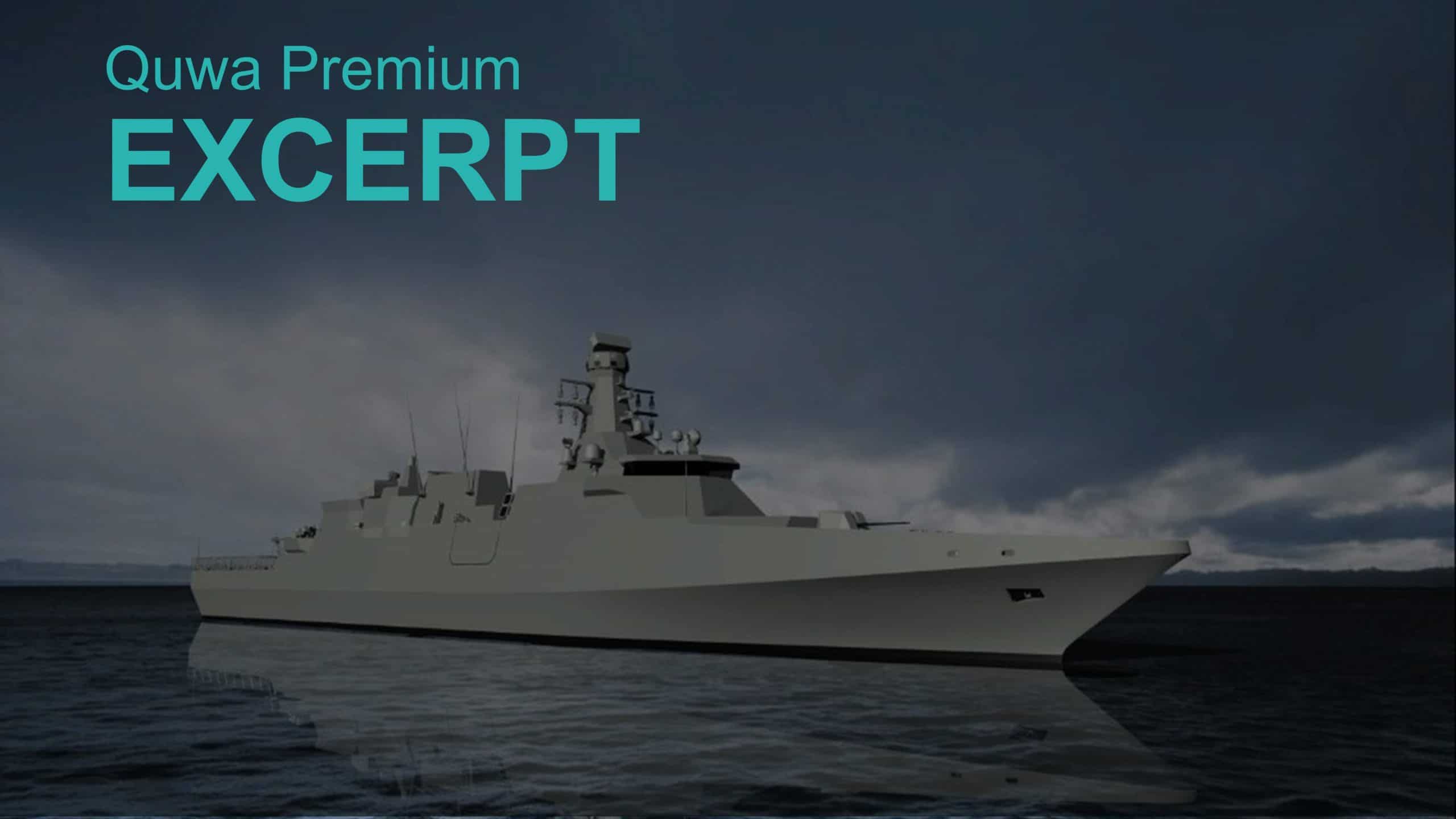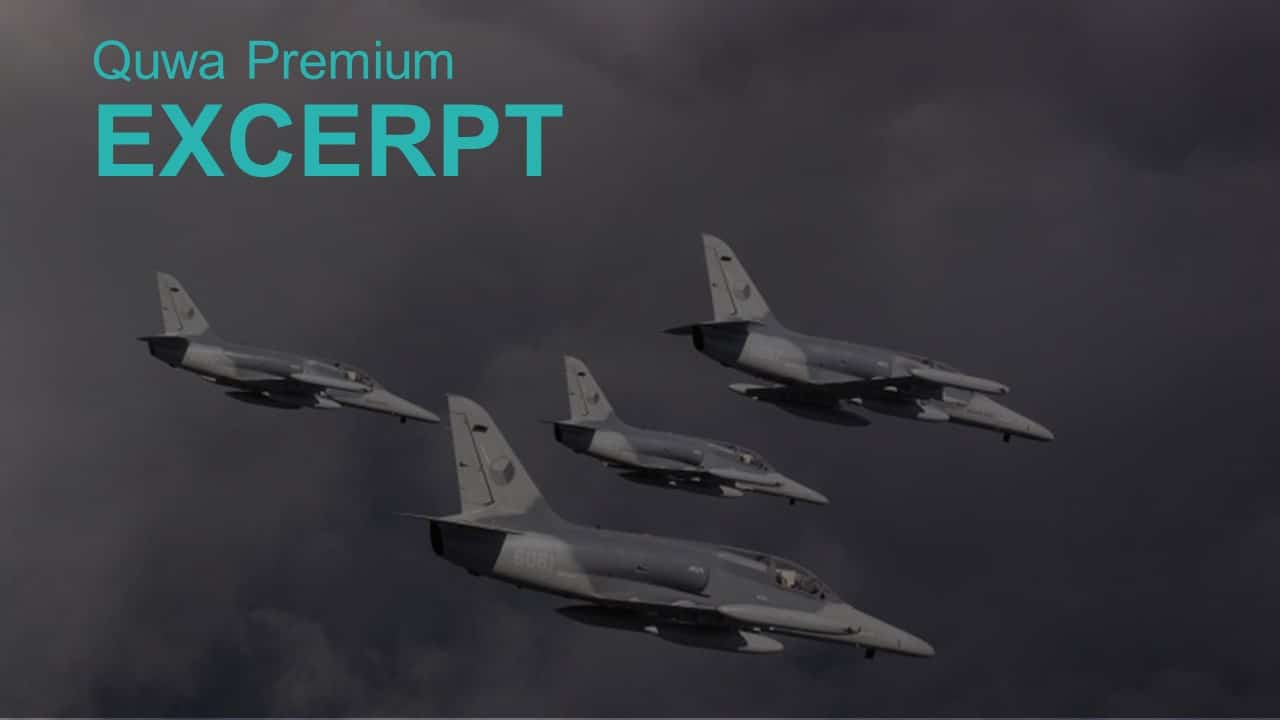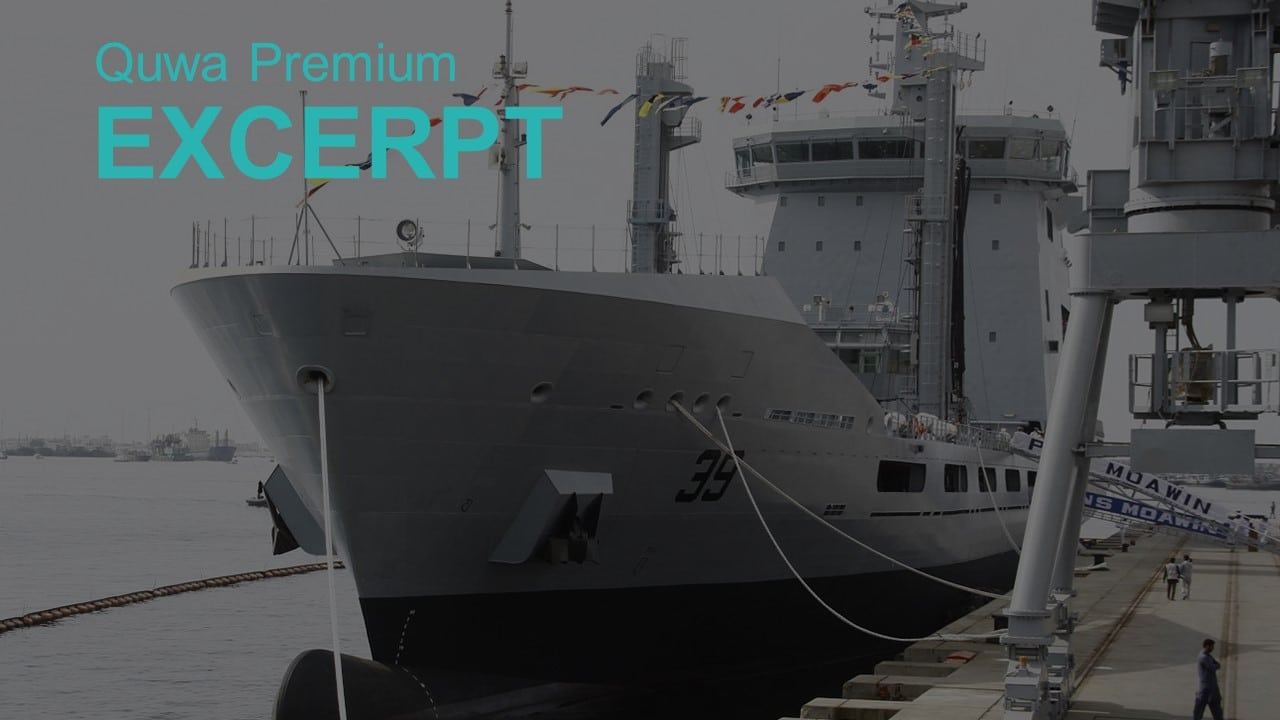2966Views

Analysis: Pakistan’s Jinnah-Class Frigate Program
Initiated in 2015, the Pakistan Navy’s (PN) wide-reaching fleet modernization and expansion efforts are now fully underway. The PN has begun to (or will) induct new frigates, corvettes, submarines, jet-powered maritime patrol aircraft, and additional helicopters as well as drones.
However, the PN’s vision to build a 50-strong surface fleet (inclusive of 20 “major surface vessels”) offers the most interesting glimpse of this service arm’s evolution.
One can expect Pakistan to double-down on anti-access and area-denial (A2/AD) projects, like submarines (and it has), but growing the surface fleet to over 20 ‘large’ warships was an intriguing turn. It indicates that the PN is more focused than ever on securing Pakistan’s sea-lanes with an overt presence, as opposed to strictly secretive or less observable elements, like submarines and aircraft.
One of the keystone ingredients of the PN’s surface fleet growth plans is the Jinnah-Class Frigate (JCF), an original warship that Pakistan is designing in collaboration with Turkey. Based on its specifications and its expected capabilities, the JCF is the blueprint of its future, workhorse warship.
Background
The JCF is a key part of the PN MILGEM program. Under this program, the PN ordered four new customized multi-mission corvettes based on the Turkish Ada design. However, it also signed onto a joint-project with the principal contractor, ASFAT Inc. (Military Factor and Shipyard Management), to design, develop, and build an original frigate tailored for the PN’s requirements.
This frigate is the JCF. PN officials have only recently begun to discuss the JCF in detail.[1] It seems that the JCF is an elaborate project. It involves the transfer of intellectual property (IP) of the JCF to Pakistan while also supporting an upgrade of KSEW to support the project.
The original design expertise and IP are crucial pieces. Traditionally, when the PN ordered ships based on ‘transfer-of-technology’ (ToT) agreements, the OEM would supply kits-of-materiel. In most situations, the OEM likely determined the selection of critical inputs, such as steel and propulsion.
However, with the JCF, Pakistan might gain the ability to control more of the cost by choosing the critical input suppliers. So, in theory, it could source the steel through a competitive bidding process, for example. By controlling the design/IP, the PN could potentially even open the tender to domestic suppliers, thereby incentivizing the private sector to develop indigenous alternatives…
End of excerpt (386, 1,283 words)
You can read the complete article by logging in (click here) or subscribing to Quwa Premium (click here).
For more coverage on the Pakistan Navy, check out:
- Pakistan’s KSEW Cuts Steel of 5th Hangor Submarine
- Pakistan Navy Officially Launches P-3C Replacement Program
- Jinnah-Class Frigate Design Revealed
- Pakistan’s First Babur-Class (MILGEM) Corvette Launched
- Pakistan Navy Reportedly Launch Customer of CAMM-ER SAM
- New Pakistan Navy Chief Outlines Plans for Shallow-Water Attack Submarines
- Pakistan Navy Sets Goal for 50-Ship Navy
[1] İbrahim Sünnetci. Interview with Vice Admiral Imran Ahmed, the Deputy Chief of Naval Staff – Projects, Pakistan Navy. Defence Turkey. 17 February 2022. URL: https://www.defenceturkey.com/en/content/deputy-chief-of-the-naval-staff-projects-dcns-projects-pakistan-navy-vice-admiral-vadm-imran-ahmed-pakistan-navy-considers-turkish-naval-companies-at-par-with-any-company-within-the-european-defense-industry-4976


